Although it’s been around for centuries, amaro is making quite a comeback in the craft bar scene. Amaro, meaning “bitter” in Italian, certainly lives up to its namesake. A liqueur made by infusing a base spirit with myriad botanicals like fruits, roots, barks and herbs, amari (plural for amaro) can have a depth of bittersweet flavor unlike any other spirit. That same standout bitter quality, however, can be a concern for many bar patrons who prefer the citrusy comfort of a Cosmo or the warm embrace of an Old Fashioned. Fortunately, craft bartenders all over the country are finding creative ways to introduce amari into everyday cocktails.
Invented in European monasteries centuries ago, amari were first used as a medicinal aid for digestive discomfort. And if you ask many Italian doctors, they’ll tell you that these digestifs actually work. Taken after a large meal, digestifs ease the pain of a full stomach, settle indigestion and speed up the digestion process. It’s commonplace practice for restaurants in Italy to end each meal with a complimentary serving of amaro as a gesture of gratitude from owner to patron. This same tradition has inspired many American restaurants to feature amari on their menus, especially as after-dinner drinks. In fact, most of my bar patrons are introduced to amari this way, as a helpful medicinal agent after a large meal. This friendly introduction is one way to warm people up to the bitter spirit.
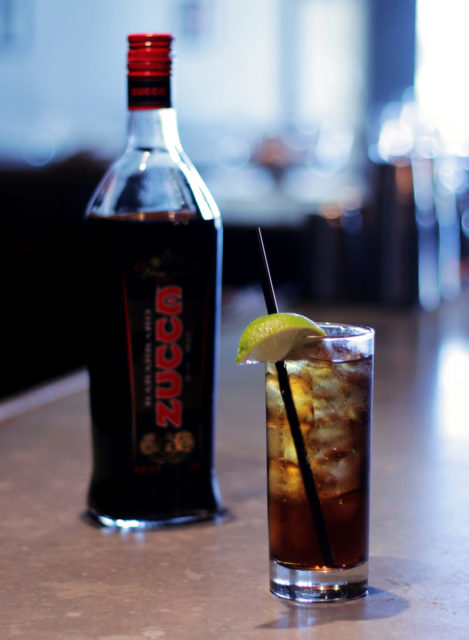 Although a complex and lesser known spirit, amaro fits seamlessly into many standard combinations. Try pairing Zucca with Coke for the guest who would like something sweet and familiar. Photos by Amber Thornton.
Although a complex and lesser known spirit, amaro fits seamlessly into many standard combinations. Try pairing Zucca with Coke for the guest who would like something sweet and familiar. Photos by Amber Thornton.
Traditionally, amari are served neat or over ice, but there are plenty of creative ways to enjoy them. For a simple afternoon cocktail, amaro with tonic and an expressed orange peel is refreshingly bitter and sweet, a solid recommendation for someone who loves gin and tonics but wants to try something new. Amaro also pairs well with coke or ginger ale for a palate that craves something on the sweeter side. Add a squeeze of fresh lime juice for the perfect balance of sweet, bitter and tart. Many Europeans drink amaro with orange juice, but it also blends well in coffee and espresso drinks. Amari are versatile, making them fun and easy to experiment with.
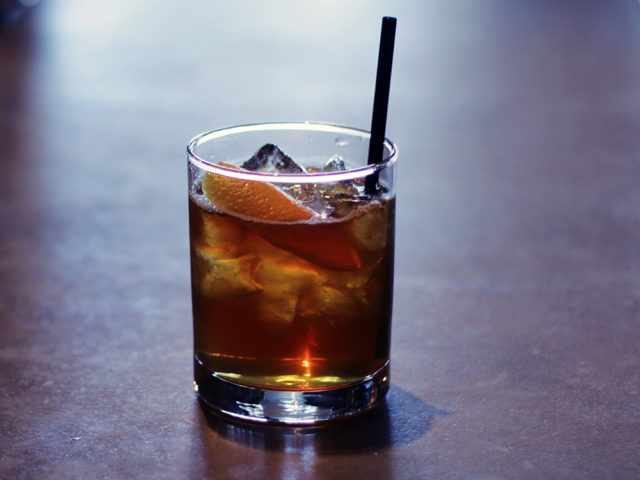 Is your guest a gin and tonic devotee who is ready to step outside of the box? Recommend an amaro and tonic with an expressed orange peel for a new take on an old favorite.
Is your guest a gin and tonic devotee who is ready to step outside of the box? Recommend an amaro and tonic with an expressed orange peel for a new take on an old favorite.
With hundreds of amari on the market, there is no limit to the variety of flavors available. The old standby for many bartenders is Fernet Branca, an intensely minty and herbaceous breed of amaro. Fernet Branca has an interesting history in the U.S. One of the only alcohols allowed in the states during prohibition because of its medicinal use, Fernet Branca became the favorite of many bartenders in San Francisco, where it was imported at the time. With the rise of the craft bar movement, Fernet Branca remained a mainstay, becoming the choice beverage of many industry workers and eventually spreading to bars all around the country. Fernet Branca is both popular and well-known behind bars, making it a great first impression of amaro, but it is also a good jumping off point for people to try many different flavors and combinations.
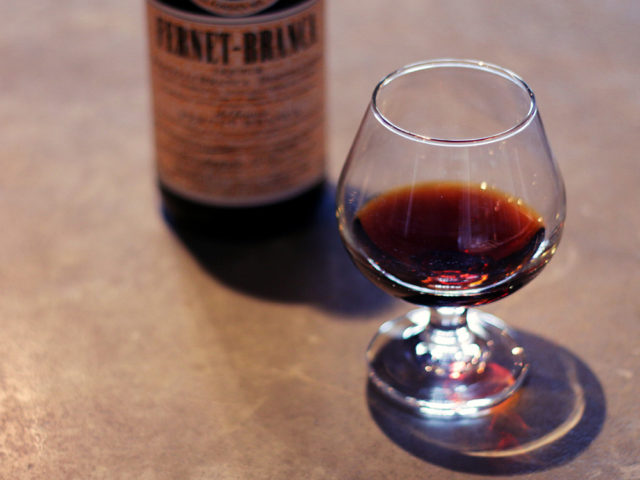 An intensely minty and herbaceous breed of amaro, Fernet Branca needs little in the way of additions. Suggest that guests can drink as the bartenders do with a Fernet neat.
An intensely minty and herbaceous breed of amaro, Fernet Branca needs little in the way of additions. Suggest that guests can drink as the bartenders do with a Fernet neat.
Fernets are their own branch of the amaro family, distinguished by their signature mint and anise flavor. They are a fantastic addition to all kinds of cocktails, specifically to add the bitter component of a well-balanced drink. Consider the Pencil Thin Mustache, Dustin Olson’s renowned cachaca cocktail from Cannibale, which combines the herbaceous freshness of Fernet and mint with the tropical sweetness of pineapple, lime juice and cachaca. At once fruity and fresh with a subtle bitter bite, the Pencil Thin Mustache is not only perfectly balanced, it is a standout among amaro cocktails. Because of its approachability and mass appeal, it also makes a great introductory cocktail for hesitant guests.
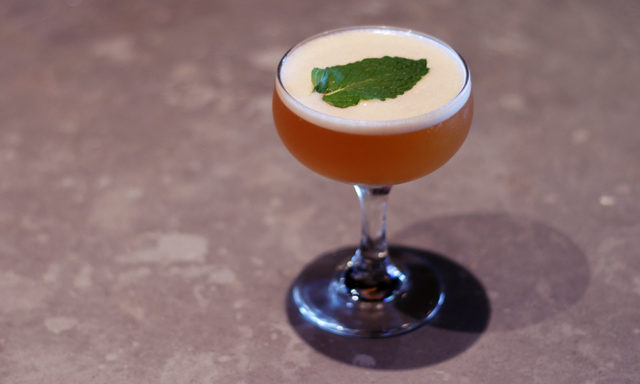 To serve Cannibale’s Pencil Thin Mustache cocktail, shake 1.5 oz cachaca, .75 oz pineapple juice, .5 oz lime juice, .5 Fernet Branca, .5 simple syrup and 4 mint leaves all together with ice. Double strain into the glass of your choice and garnish with a mint leaf.
To serve Cannibale’s Pencil Thin Mustache cocktail, shake 1.5 oz cachaca, .75 oz pineapple juice, .5 oz lime juice, .5 Fernet Branca, .5 simple syrup and 4 mint leaves all together with ice. Double strain into the glass of your choice and garnish with a mint leaf.
Many craft bars around the country are gravitating towards amaro-centric bar menus. In Chicago, Scofflaw is the go-to craft cocktail spot for many industry workers because the drinks feature amaro and are both reasonably priced and well-made. The Shoemaker, for instance, features Meletti Amaro and Zucca Amaro with genever, lemon, and Aperol, for a fantastically bitter and citrusy punch. In Atlanta, Italian restaurant and craft bar Cibo e Beve offers an entire menu of amaro cocktails. The Son of a Peach is a standout, fusing Amaro Lazzaroni with Peche de Vigne, lemon and bourbon for a solid, refreshing drink that’s perfectly balanced.
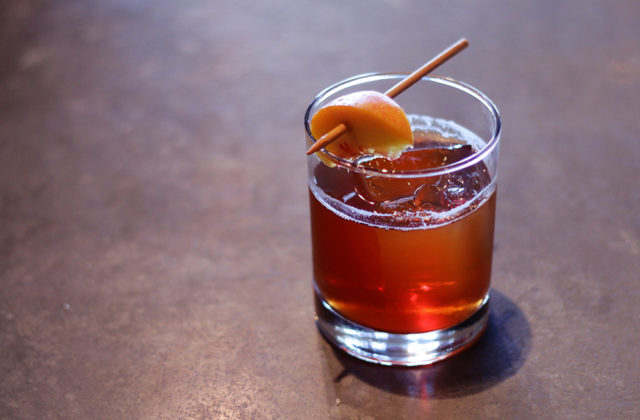 For a Son of a Peach cocktail, shake 1.5 oz bourbon, .5 oz Peche de Vigne, .5 oz lemon juice, .5 Lazzaroni and peach bitters all together with ice. Double strain over ice in a rocks glass and garnish with a peach slice.
For a Son of a Peach cocktail, shake 1.5 oz bourbon, .5 oz Peche de Vigne, .5 oz lemon juice, .5 Lazzaroni and peach bitters all together with ice. Double strain over ice in a rocks glass and garnish with a peach slice.
Amari can be used in a variety of classic cocktails as well. Amaro Nonino, for instance, is a lighter, more citrusy version of the spirit that can replace curaçao in a Cosmo or sweet vermouth in a Manhattan for bolder flavor. And because the flavor profile isn’t too intense, bar guests and aficionados alike love the opportunity to discover something new and exciting in their signature cocktail. Better still is the black manhattan, made with a dark amaro instead of vermouth. The herbaceous flavor of Amaro CioCiaro, for instance, adds a bittersweet punch to the classic cocktail, making it a great option for someone who enjoys rich rye cocktails.
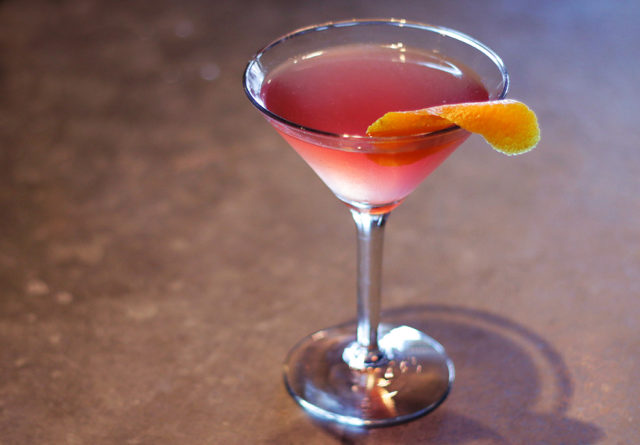 Amaro Nonino is a lighter, more citrusy version of the spirit that can replace curaçao in a Cosmo or sweet vermouth in a Manhattan for bolder flavor.
Amaro Nonino is a lighter, more citrusy version of the spirit that can replace curaçao in a Cosmo or sweet vermouth in a Manhattan for bolder flavor.
Cynar, another well-known amaro derived from artichokes, is often used in place of Campari in a Negroni. The dark, grassy spice of Cynar offers an exciting twist to the classic pre-dinner drink, and since anyone drinking a Negroni clearly loves bitter flavors, it typically isn’t a tough sell. Montenegro, perhaps one of the most famous amari known for its distinctive vanilla and orange flavors, can be used in place of or in addition to bitters in an Old Fashioned for an added depth of flavor. And Old Fashioned drinkers typically enjoy variations of their favorite classic, making it another solid way to introduce amari.
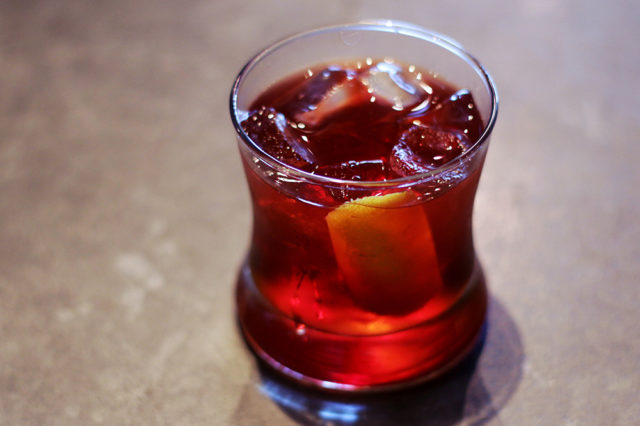 Montenegro can be used in place of or in addition to bitters in an Old Fashioned for an added depth of flavor — Old Fashioned drinkers typically enjoy variations of their favorite classic, making it another solid way to introduce amari.
Montenegro can be used in place of or in addition to bitters in an Old Fashioned for an added depth of flavor — Old Fashioned drinkers typically enjoy variations of their favorite classic, making it another solid way to introduce amari.
With a rich history and an even richer flavor, it’s not surprising that bartenders all over the country are embracing this bitter spirit. Sip it, shoot it, or stir it into your guests’ favorite cocktails; no matter your method, they’re certain to fall in love with amari.




